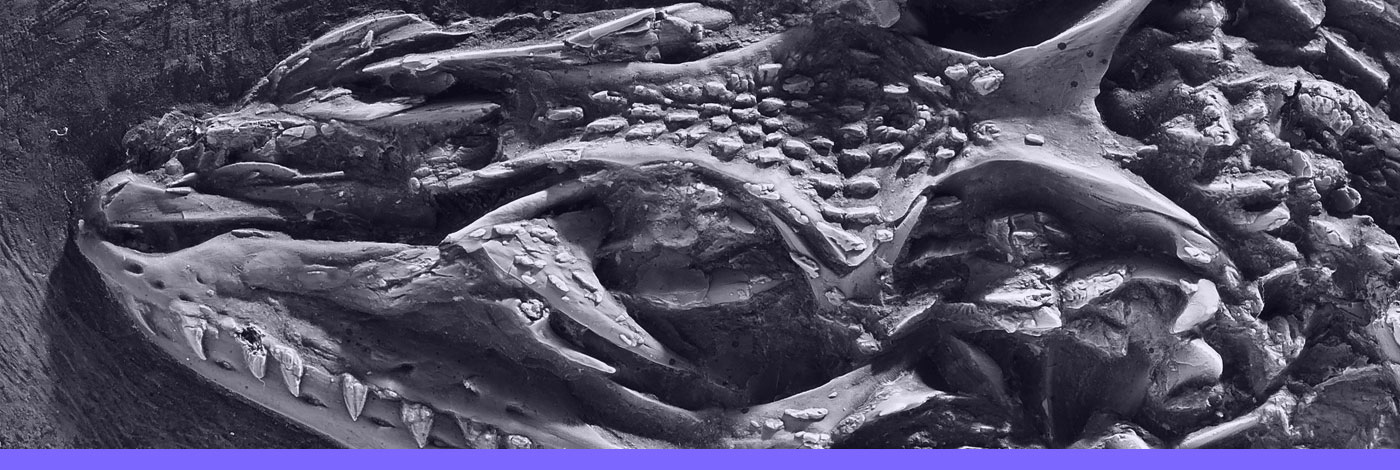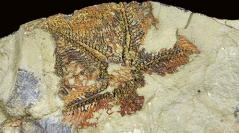

 Comptes Rendus Palevol
24 (23) - Pages 449-487
Comptes Rendus Palevol
24 (23) - Pages 449-487Many specimens of the echinoderm subphylum Asterozoa from the Mediterranean Gondwanan Ordovician of France and Morocco have been compiled from many collections, the composite including representation of all four asterozoan classes. While providing a basis for survey of early asterozoan history, the large fauna remains geographically and environmentally localized, and therefore it does not depict Ordovician Asterozoa globally. Overall uniformity of expression has led to widespread agreement on the composition of the subphylum Asterozoa; however, consensus has not been reached on recognition of a precursor (or sister-group) that can clearly advance interpretation of early asterozoan history, a vacancy contributing to differing evaluations in the literature. Based on survey of early skeletal asterozoans, the class Somasteroidea Spencer, 1951 is considered stemward at the subphylum level. Presence of adaxial virgalia (an ontogenetically lengthening series of ossicles, i.e., of discrete virgals) extending laterally from each axial is considered necessary and sufficient for exemplar assignment to the Somasteroidea. Varied adaxial evolutionary histories provide the first steps toward interpretation, recognition, and classification of derived asterozoan lineages. The Somasteroidea is known from seven genera, all reviewed with emphasis on the Mediterranean representatives. The Chinianasteridae Spencer and Villebrunasteridae Fell are recognized at the subfamilial level, and the new subfamily Ophioxenikosinae n. subfam. is described. Recognition of ordinal-level taxonomic subdivisions of the class Somasteroidea is not deemed justified. The two genera Ampullaster Fell, 1963b and Cantabrigiaster Hunter & Ortega-Hernández, 2021 here are considered valid.
Somasteroidea, Asterozoa, Ordovician, morphological evolution, new subfamily